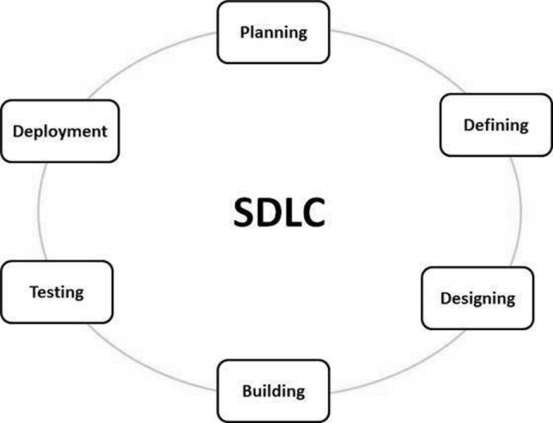The Unified Software Development Process Pdf: Full Version Software
2 Guiding principles Using the Unified Software Development Process (UP) to define the activities of requirements analysis and systems design The UP is the industry. There are a number of agile software development. The Rational Unified Process. The waterfall model is a popular version of the systems development. This version: December 4. The Rational Unified Process. Your stakeholders must agree to move. The Rational Unified Process. Software Development. 3C05: Unified Software Development Process. • Rational Unified Process is an instantiation of USDP. Aswe5.PDF Author: ucacwxe.

This class is offered as CS6300 at Georgia Tech where it is a part of the. Taking this course here will not earn credit towards the OMS degree. In SDP, you will learn how to select and implement the ideal software process for your development project. Through Professor Orso's engaging examples and interviews with industry insiders, you will learn both conceptual and practical aspects of software engineering. The course covers requirements engineering, architecture and design, testing and maintenance, and software quality in general. Tortuga Pirate Hunter. The goal of this class is to equip you with the skills necessary to define requirements, set up an integrated development environment (IDE), learn Git (and Github!) and use Unified Modeling Language (UML) to design and build an Android application.
We will also examine several testing practices and refactoring techniques that are helpful before the launch of your software project. While everyone working with software should have these skills, they are particularly important for Software Engineers and Engineering Managers. Software engineering isn’t just about programming. It isn’t just about building a technology stack.

This course introduces the idea of software engineering as an iterative, systematic process. You will learn to use Github and Eclipse as you get introduced to the development life cycle, design processes and software testing. Software Development Processes will show you the skills and processes needed to complement technical understanding of software products in order to make you a more effective developer in an engineering team. Was bekomme ich? Instructor videos Learn by doing exercises Taught by industry professionals.
Introduction The systems engineering discipline focuses on an elegant universe we call reality wherein the two dimensions of time and spaceestablish the landscape for the intertwining dance between the two naturalforces of change and complexity. It is within this arena that the keyingredients of teams and people, methodologies and processes, and tools andenabling technologies converge to bridge the chasm between vision and reality.At the core of every mature discipline, from the arts to the sciences andengineering, is a common language and common approaches enabling practitionersto collaborate and the discipline to evolve; and at the heart of this evolutionis capturing or acquiring, communicating or sharing, and leveraging or utilizingknowledge. Language establishes the boundaries of thought and behavior, itdefines concepts; methodology and process establish behavior within thatboundary, they apply concepts; and tools establish the automation of behaviorwithin that boundary, they automate the application of concepts. Quite simply,if we can't think it, we can't do it nor communicate it, and if we can't do it,we can't automate it! Within the information systems and technology industry,the Unified Process (UP), Rational Unified Process (RUP), Unified ModelingLanguage (UML), and Software Process Engineering Metamodel (SPEM) are at the heart of this evolution. The Unified Process (UP) and Rational Unified Process (RUP) The Unified Process (UP) is a use-case-driven, architecture-centric, iterative and incremental development process frameworkthat leverages the Object Management Group's (OMG) UML and is compliant with theOMG's SPEM. The UP is broadly applicable to different types of software systems,including small-scale and large-scale projects having various degrees ofmanagerial and technical complexity, across different application domains and organizational cultures.
The UP emerged as the unification of Rational Software Corporation's Rational Approach and Objectory AB's Objectory process in 1995 when Rational Software Corporation acquired Objectory AB. Rational Software Corporation developed the Rational Approach as a result of various customer experiences, and Ivar Jacobson created the Objectory process primarily as a result of his experience with Ericsson in Sweden. The UP is an 'idea,' a process framework that provides an infrastructure for executing projects but not all of the details required for executing projects; essentially, it is a software development process framework, a lifecycle model involving context, collaborations, and interactions.